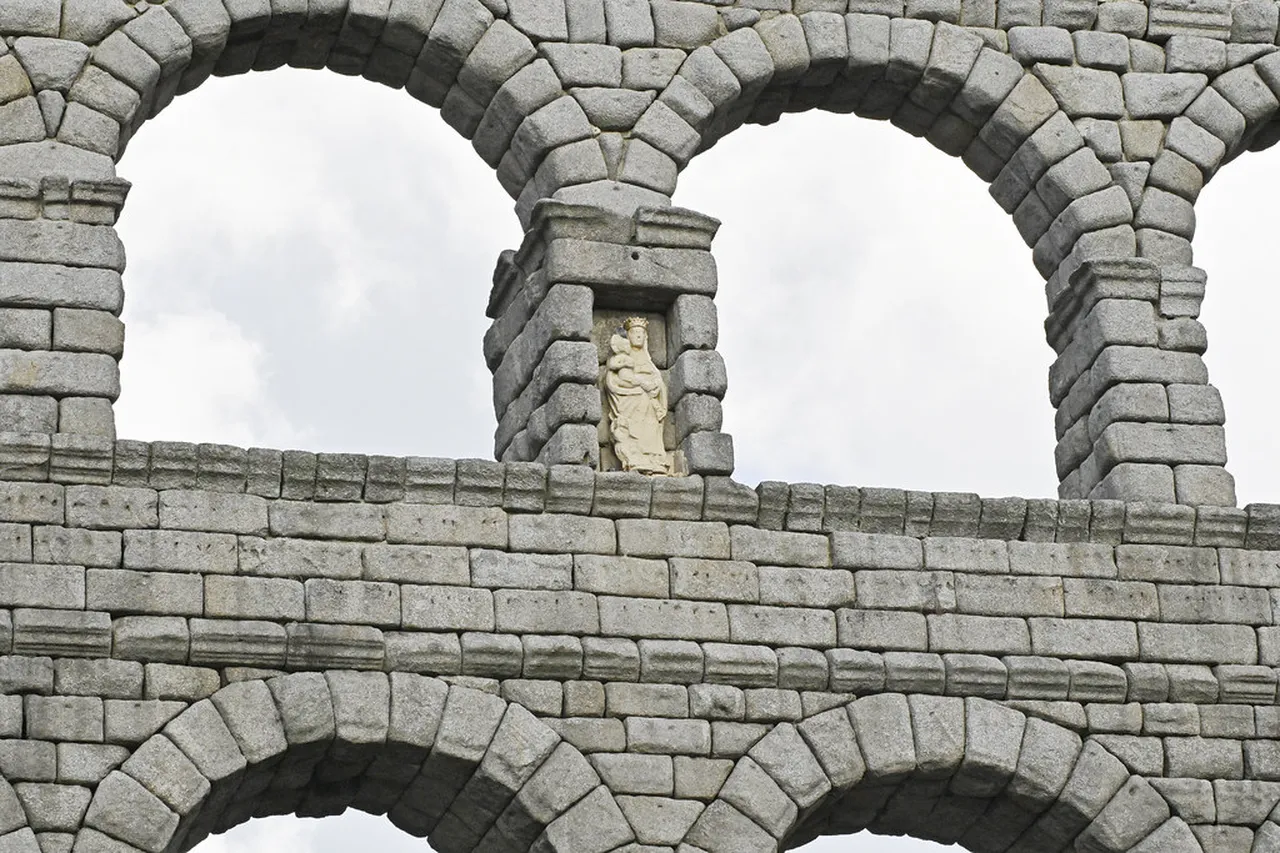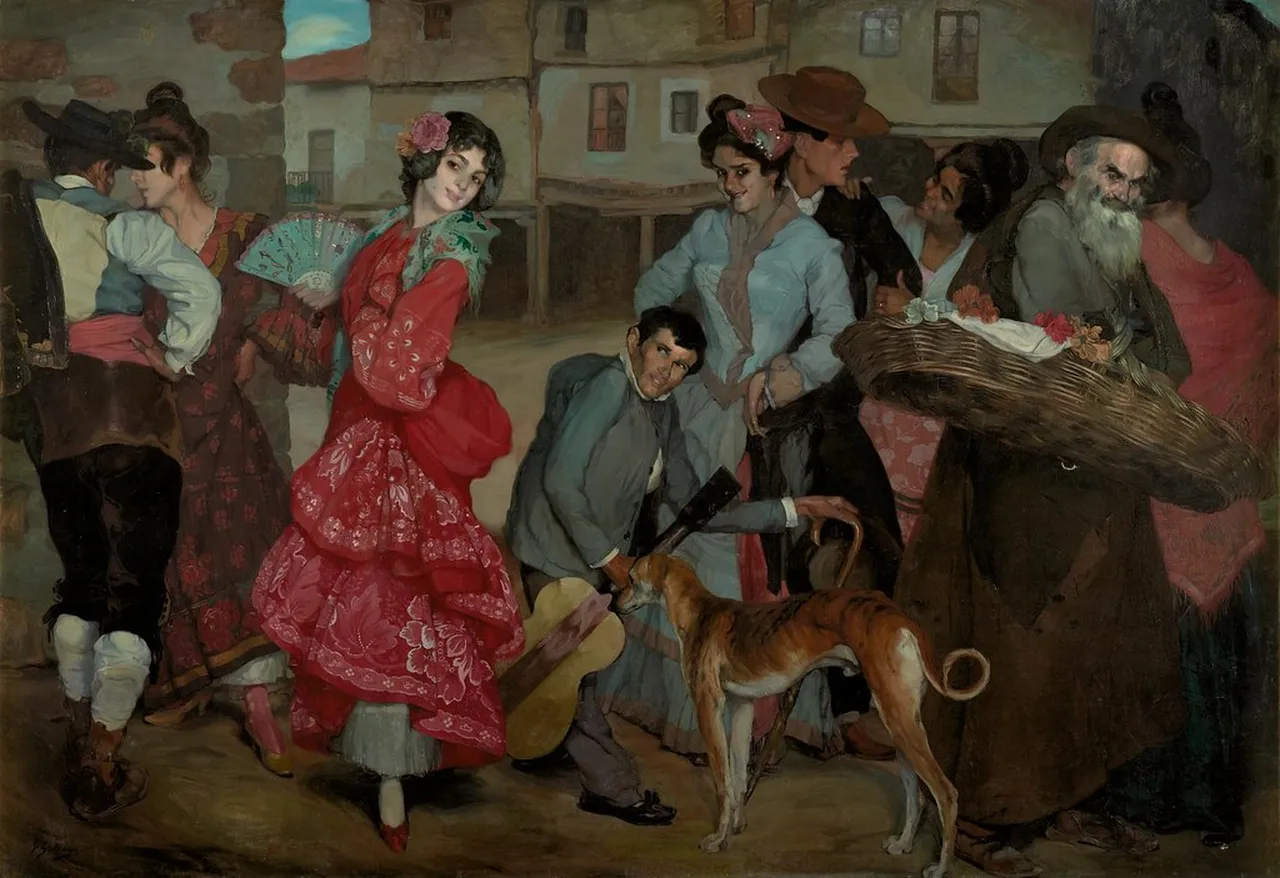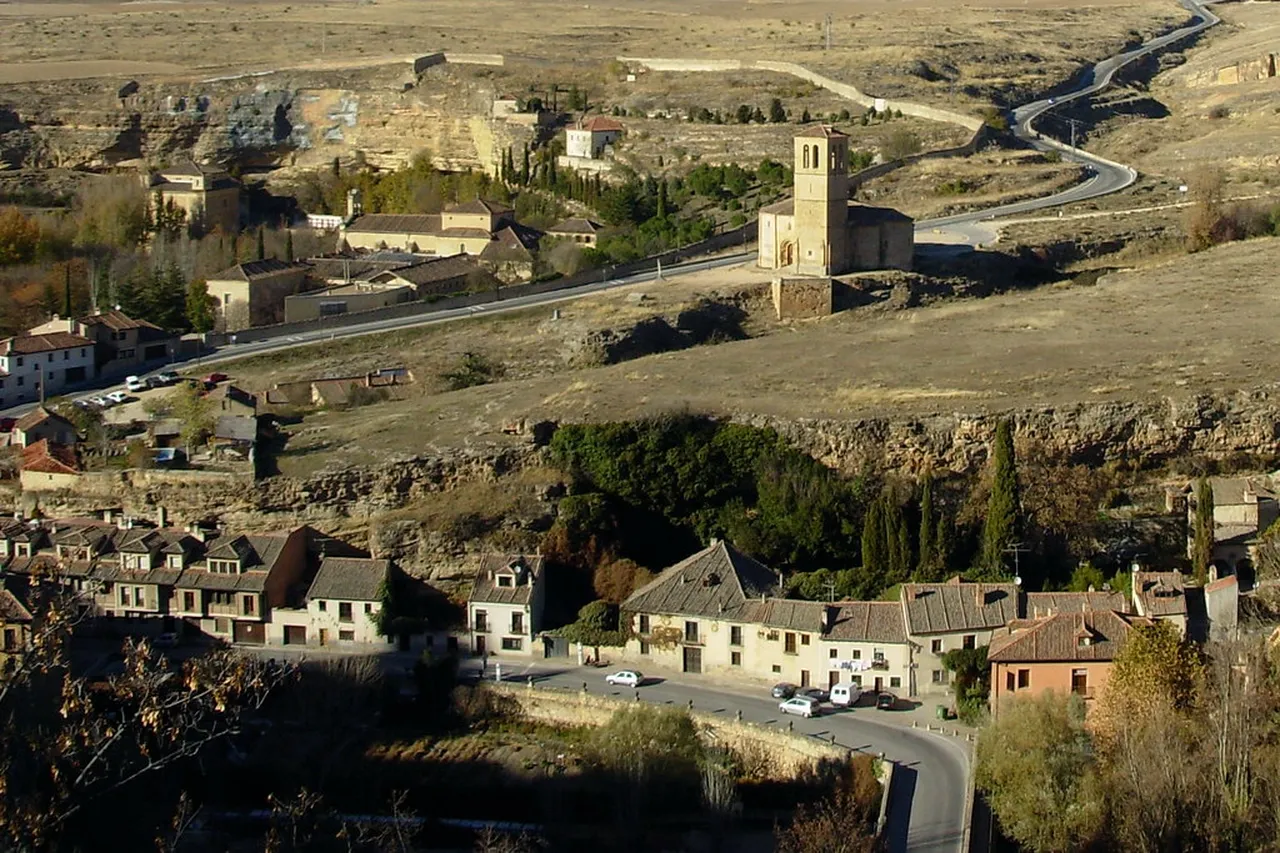
Segovia Culture: Discover Top 10 Unique Experiences
Table of Contents
Segovia Culture
Segovia culture is a vibrant tapestry woven from historic traditions, stunning architecture, and rich culinary delights. This Spanish city is famous for its impressive aqueduct, picturesque castle, and delectable cuisine that reflect the essence of its rich heritage. In this article, we will guide you through ten unique experiences that encapsulate the spirit of Segovia culture, from exploring ancient Landmarks to savoring the local gastronomy. Whether you are a history buff or a food lover, Segovia offers a wealth of experiences that will leave an indelible mark on your heart.
Want to find the best travel deals for this destination? adventure planner tool with our adventure planning specialist!
1. Discovering the Roman Aqueduct: A Marvel of Engineering

Segovia is renowned for its stunning Roman aqueduct, an impressive feat of engineering that dates back to the 1st century AD. This architectural marvel, stretching nearly 1,000 meters, is not only a testament to Roman ingenuity but also a symbol of Segovia culture. As you stand beneath its towering arches, you can truly appreciate the magnificence of its design.
Visitors often marvel at how it was constructed without the use of mortar, relying instead on the precision of the stones. This remarkable structure serves as a vital reminder of the historical significance of Segovia in the Roman Empire. Additionally, the aqueduct has been well-preserved, making it an essential stop for anyone wanting to immerse themselves in the city’s cultural heritage.
2. Exploring the Alcázar of Segovia: A Fairytale Fortress

The Alcázar of Segovia resembles a castle straight out of a storybook. Its unique shape and stunning towers capture the imagination of every visitor. As you explore the interior, you’ll discover a rich tapestry of history that reflects the essence of Segovia culture.
Originally a fortress, the Alcázar has served many purposes, including a royal palace and a military academy. Transitioning through the intricate rooms and halls feels like walking through centuries of history. Don’t forget to climb the tower for breathtaking views of the city and surrounding landscape, which adds a unique perspective to your visit.
3. Savoring Cochinillo: The Traditional Segovian Dish

No visit to Segovia is complete without indulging in cochinillo, one of the most famous dishes in Segovian cuisine. This succulent roast suckling pig is known for its crispy skin and tender meat, and it’s a true representation of Segovia culture and gastronomy. Many local restaurants prepare it using traditional methods, enhancing its rich flavors.
While dining on cochinillo, savoring every bite becomes an experience in itself. Furthermore, restaurants often serve it with a ceremonial touch. The chef may even demonstrate the skill of cutting the pig with a plate, a practice that showcases the importance of this dish in local festivities. Transitioning from the dining table to the culinary history adds layers to your understanding of Segovia’s vibrant culture.
4. Immersing in Local Festivals: Celebrating Segovia Culture

Segovia is vibrant with life, especially during its local festivals that showcase the rich Segovia culture. For instance, the Fiestas de San Andrés, celebrated in late November, is a delightful event filled with music, dance, and of course, local gastronomy. Visitors are often charmed by the lively atmosphere, as locals dress in traditional attire and enjoy delicious foods from stalls.
Additionally, during the Semana Santa or Holy Week, the city transforms into a solemn yet visually engaging spectacle. The processions vividly reflect Segovia’s deep-rooted traditions, drawing both locals and tourists to partake in this cultural experience. Furthermore, these celebrations provide an ideal opportunity to connect with the Segovia culture and discover its historical significance.
5. Visiting the Cathedral of Segovia: A Gothic Masterpiece

The Cathedral of Segovia, known for its awe-inspiring Gothic architecture, is a must-visit site. Standing tall in the main square, it draws visitors in with its magnificent towers and intricate details. Constructed between the 16th and 18th centuries, this cathedral is one of Spain’s last Gothic cathedrals and features a unique blend of styles throughout its structure.
Upon entering, you’ll be mesmerized by the stunning stained glass windows that create a colorful atmosphere within. Furthermore, the interior is adorned with remarkable altarpieces, each telling a story of Spain’s religious history. For a complete experience, consider climbing to the cathedral towers, where breathtaking views of Segovia unfold. This site not only exemplifies Segovia culture but also represents the artistic splendor of its time.
6. Strolling Through the Historic Jewish Quarter
The Historic Jewish Quarter of Segovia is a hidden gem, offering visitors a glimpse into the city’s past. As you stroll through its narrow, winding streets, you will encounter beautiful synagogues turned churches, along with charming stone residences that echo stories from centuries ago.
It is fascinating to see how Segovia culture evolved and integrated diverse influences over time. One highlight is the Old Synagogue of Segovia, which stands as a testament to the city’s multicultural heritage. Walking through the quarter, you’re also likely to discover quaint shops and cafés where local artisans showcase their craftsmanship.
To enhance your visit, take a moment to engage with locals who may share tales of the Jewish community’s rich history. Thus, not only does this quarter offer significant historical insights, but it also reflects the harmonious coexistence of different cultures in Segovia.
7. Knitting a Tale: Segovia’s Handcrafted Textiles and Arts
Segovia’s vibrant culture is beautifully reflected in its handcrafted textiles and arts. The tradition of textile production in Segovia dates back centuries, showcasing a blend of history and craftsmanship. While exploring local shops, you will find exquisite items such as handwoven blankets, scarves, and delicately embroidered fabrics. These treasures not only serve as souvenirs but also represent the artistry embedded in Segovia culture.
Moreover, attending a workshop can greatly enhance your experience. Here, skilled artisans share their techniques and processes, revealing the secrets behind their intricate work. Pro-tip: Look for opportunities to participate in community craft fairs, showcasing local talent and creativity.
8. Enjoying the Scenic Views from the Mirador de La Canaleja
Pro Tip: Book your Segovia adventures in advance through Viator for the best deals!
The Mirador de La Canaleja serves as one of Segovia’s most breathtaking viewpoints, offering visitors a chance to appreciate the city’s historical splendor against the backdrop of the stunning Sierra de Guadarrama mountains. As you stand here, you can gaze over the rooftops of Segovia, spotting famous Landmarks like the roofing of the Cathedral and the iconic Roman Aqueduct.
Furthermore, sunset is the ideal time to visit, filling the sky with hues of orange and pink, creating a picture-perfect scene for your travel photography. Transitioning from day to night, you will witness the city bathed in lights, which adds a magical touch to the already picturesque landscape. Make sure to bring your camera!
9. Participating in Traditional Flamenco Shows: Dancing Through History
Insider Tip: Get the most out of your Segovia visit with guided tours!
Flamenco is not only a dance but also a profound reflection of the Segovia culture. While in the city, I highly recommend immersing yourself in traditional flamenco shows. These performances celebrate rich heritage through passionate dance, gripping music, and vibrant costumes. You will find various venues dedicated to presenting authentic flamenco in an intimate setting.
Moreover, for those eager to join the rhythm, some locations offer classes where you can learn the steps firsthand. This engaging experience makes it easier to understand the cultural significance of flamenco, as it reveals tales of both joy and struggle within the community. Ultimately, attending a flamenco show will deepen your connection to Segovia’s vibrant arts scene.
10. Touring the Royal Palace of La Granja: Extravagance of the Bourbons
The Royal Palace of La Granja is a stunning example of Baroque architecture, and it showcases the opulence of the Bourbon dynasty. As you approach the palace, you will be mesmerized by its grand façade and meticulously manicured gardens that are reminiscent of Versailles. A visit here offers a glimpse into the luxurious lifestyle once enjoyed by Spanish royalty.
Upon entering, the palatial interiors reveal exquisite rooms adorned with beautiful tapestries and intricate ceilings. Notably, the Hall of Mirrors reflects the grandeur of the past and is perfect for memorable photographs. Additionally, the surrounding gardens boast elegant fountains and sculptures, making it an ideal place for leisurely strolls.
While exploring the Royal Palace, you will also discover the fascinating history of the Bourbons, adding a cultural layer to your visit. To fully appreciate this site, consider planning your trip during the spring or summer months when the gardens are in full bloom.
Segovia culture is a captivating blend of historical richness, culinary delights, and a vibrant arts scene that invites you to explore its depths. Whether you’re marveling at the Roman aqueduct, indulging in the city’s iconic cochinillo, or experiencing local traditions at lively festivals, Segovia has something to offer every traveler. What aspect of Segovia culture fascinates you the most? Share your thoughts and experiences in the comments below as we celebrate the enchanting charm of this remarkable city together.